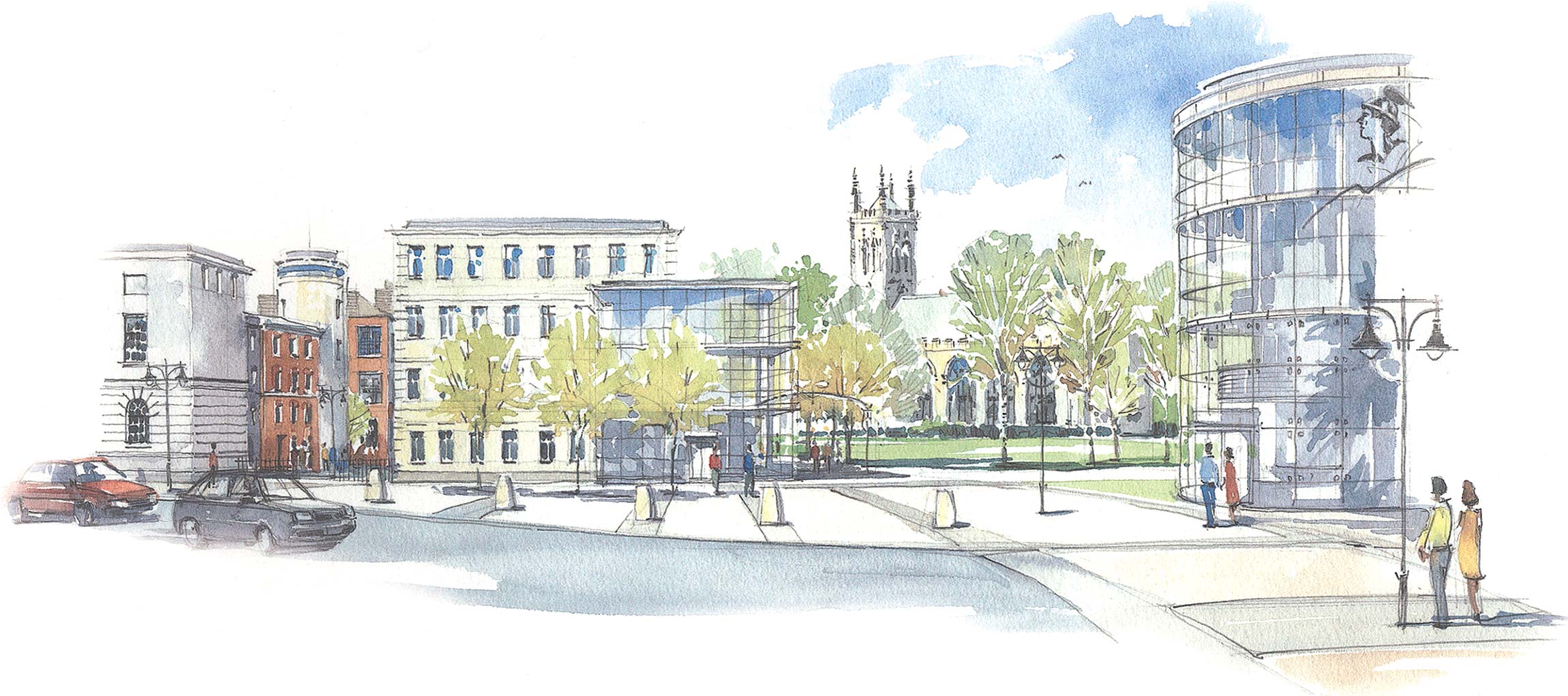Despite a frequent commentary that working from home has improved staff satisfaction and not compromised efficiency I just don’t buy it.
My own view is very much the converse with observed efficiency (measured in the private sector by staff charge out hours) that could be down as much as 25%. And this parallels the studies of, for example, Goldman Sachs.
I don’t deny for a minute that Teams & Zoom have a place and are a welcome addition to a working armoury. They can be ideal for well structured meetings, with an effective Chair among people who know each other; and, for whom there are significant disbenefits of travel. But for developing three dimensional relationships, team problem solving and mentoring junior staff forget it. And that is ignoring the potential mental health disbenefits of isolation. A hybrid model can work, but to maintain team bonding the balance should be well in favour of office working in my opinion.
A lot of my work involves liaising with local authority Planning Departments - after all my principal task is getting planning permission for clients and there is a monopoly supplier in each District, so I have nowhere else to go. And here the delays are mountainous. I think it can be attributed to a number of reasons:
A significant increase in workload, especially from house extensions, as people need more space working from home and with not spending money on other things like holidays and going out as they can’t or don’t want to. They have more money to develop their home.
Development is divisive. More people work from home and have more time and knowledge about neighbours' development. And then they complain to the Planning Authority. The same goes for local communities with greater use of social media platforms to complain. Covid has been a petri dish for key board warriors – its all too easy.This creates more enforcement work for Council Planning Departments.
The scale of development needed to support the Government’s growth agenda means many councils, especially in the big cities and the South-East, have been expected to plan for a much increased number of dwellings. Equally, the complexity of the work load has expanded. Currently, the largest growth area is biodiversity, with most of my major schemes (and sometimes even one house proposals) being held up while we wrestle with greater red lists for protection to accommodating a 10% gain, which is already being implemented by many Councils.
The increased importance on design (which I warmly applaud) means that the necessary skills are insufficient in current Council Planning departments. And this brings more work as well. Difficulties in getting materials, as another byproduct of Covid, has led to more changing and therefore more repeated discharge of conditions applications.Using Teams for Design Workshops or Design Review Panels is really not great.
Planning departments are income centres with many Councils over the last few years forced to economise on both staff and training (on matters as diverse as design and biodiversity), so have to make money from fees to support other parts of the Councils' work. This leads to lower morale and poorer trained planning staff, who can rarely go on courses. A self perpetuating downward spiral. Chickens particularly come home to roost in a Covid world, where isolation means on the job training and team building are severely compromised. How can anyone undertake a proper induction remotely?
A further impact in some authorities is a deteriorating relationship between officers and Councillors. It is not unheard of for Councillors to not have inhibitions about pressurising officers to change their professional recommendations. You don’t have to have too many of those instances for morale to slump further and encourage changes of jobs or early retirement. And this in a context where we have not trained enough planners anyway over the years. Early retirement in particular, means the most experienced leave, which further reduces efficiencies and leaves gaps in the training of juniors, who do not have sufficient mentors.
Fear of making mistakes in this environment, but also at Planning Inspectorate decision making level, means it is easier and quicker to refuse an application. It is much harder to be blamed for a bad decision that is actually built, while decision making targets can be more easily met. For example, I would wager that the quality of planning appeal submissions has improved, but the success rate for applicants has virtually consistently declined in recent years.
In planning the imperative is (or should be) to make a balanced judgement. The Planning Balance can be a very hard exercise. One is nearly always evaluating a wide variety of qualitative factors (not quantitive with a measurable numerical calculation). This means you need the wisdom of Solomon. And for that you need experienced, well trained and motivated staff on both the public and private sides. As a society we are not getting the quality of planning professionals we either need or deserve, nor is the public service being adequately funded. As most developments will be around in one form or another for a number of generations this must be rectified as soon as possible to be sustainable.











